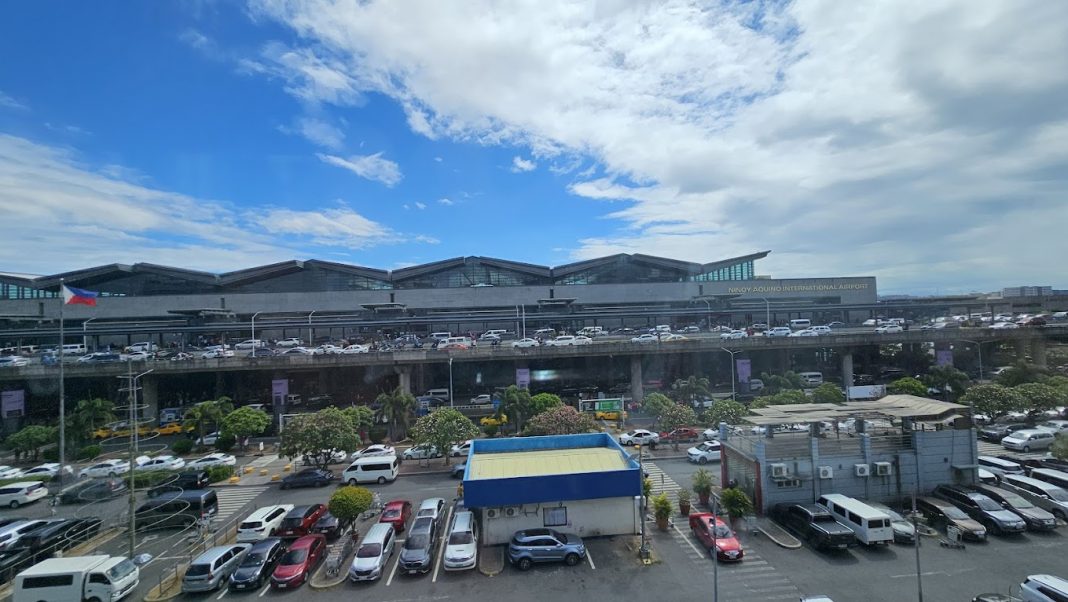Manila’s Ninoy Aquino International Airport (NAIA) ranks fifth among the top 10 busiest airports in Southeast Asia, handling 2.4 million seats this month—an increase of 4.5% compared to the same period in 2024, according to OAG.
Singapore Changi Airport remains the region’s busiest, with 3.3 million seats, reflecting a 5.3% year-on-year increase in daily capacity. Among the top 10 airports, Phuket recorded the highest capacity growth, surging by 20.4%, followed by Bangkok Don Mueang (+17.4%) and Hanoi (+15.3%).
OAG also highlighted broader trends in international travel:
- Southeast Asia to the Asia-Pacific region remains the largest international market, with 8.1 million seats—daily capacity up 13.4% from February 2024.
- Intra-Southeast Asia travel follows, with 6.3 million seats and a 7.3% rise in daily capacity.
- Southeast Asia to Europe is the fastest-growing market, with a 19.4% increase, reaching 833,400 seats on February 25.
Global Domestic Travel Trends
For February 2025, the Jeju (CJU) to Seoul (GMP) route retains its title as the world’s busiest domestic route, with 986,000 seats—though this marks a 17% decline compared to February 2024. Adjusting for the leap year, the year-over-year decrease in seats per day is 14%.
The second busiest domestic route, Sapporo New Chitose (CTS) to Tokyo Haneda (HND), recorded 928,000 seats, a 3% increase from last year.
Among the world’s top 10 busiest domestic routes, three are in Japan, while others span South Korea, Vietnam, Australia, Saudi Arabia, India, China, and Indonesia. The Beijing (PEK) to Shanghai Hongqiao (SHA) route recorded the highest growth rate, up 24%, while Jeju–Seoul experienced the largest decline (-17%).
OAG also noted the impact of the leap year on comparisons with February 2024, emphasizing that seat-per-day figures provide a more accurate measure of year-over-year capacity changes.




